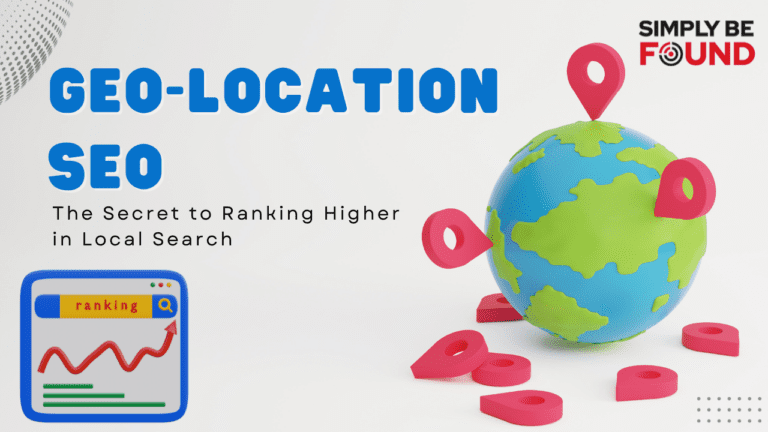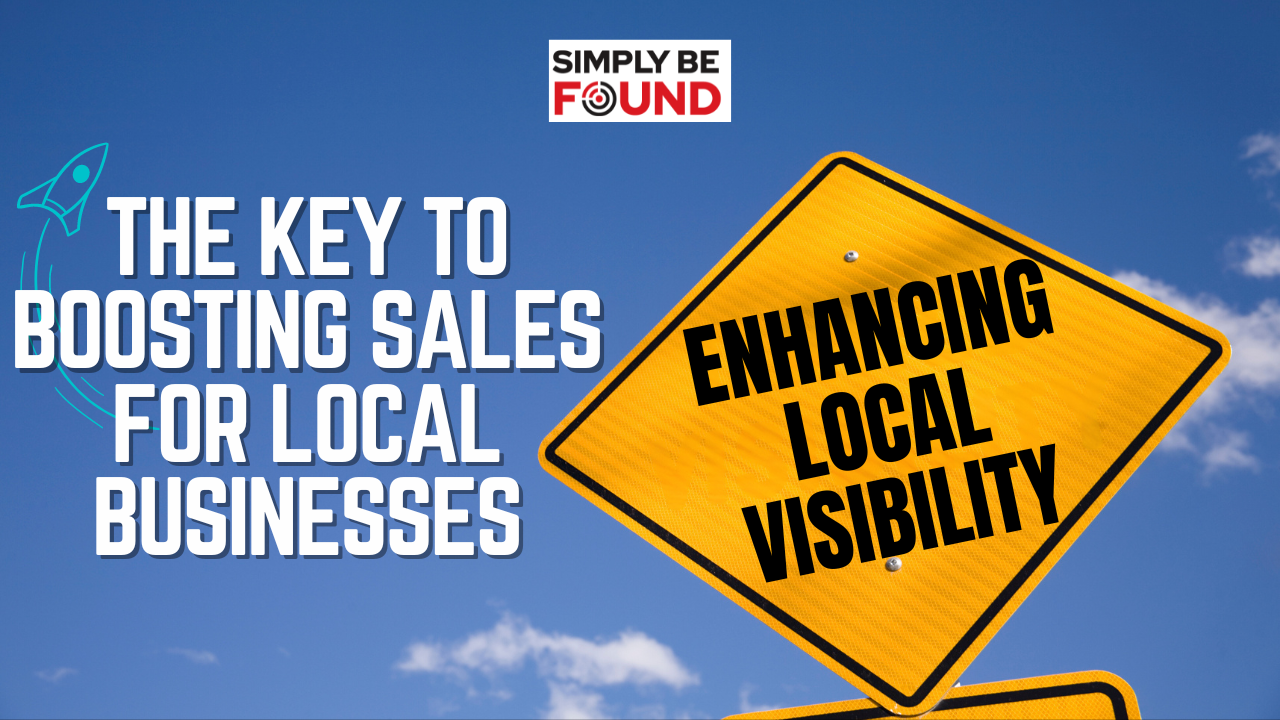Last Updated on: 1st May 2024, 04:47 pm
Unlocking the Mystery of Geo-Location SEO: Have you ever come across those flashy graphics claiming to pinpoint your business’s precise location on a grid? They promise to show you exactly where your customers are finding you and where you’re missing out. Sounds impressive, right? Well, not so fast.
One such graphic by Surefire Local caught our attention. They presented a grid and asked businesses to mark all their locations on it, claiming it would improve their local SEO. But does this approach really work, or is it just another smoke and mirrors tactic?
The Square Misconception
The problem with these square-based graphics is that they oversimplify a complex reality. In the real world, nothing is perfectly square. Nature itself teaches us that water droplets form round shapes, not squares. So why would your business’s online presence be confined to neat squares?
These graphics make it seem like a magic wand can turn minuses (areas where your business isn’t doing well) into pluses (areas where it is). But in reality, it’s not that simple. Your business’s online visibility is not restricted to square coordinates.
The Flaw in Square Algorithms
These graphics are essentially algorithms designed to convince you that your online presence can be neatly boxed into squares, where some areas need improvement (minuses), and others are thriving (pluses). The issue is that these algorithms don’t account for the circular nature of online searches.
Your business might be located in one spot, but your potential customers’ devices and IP addresses can place them miles away from you. This discrepancy between your actual location and their perceived location can lead to missed opportunities, even if your business is thriving locally.
The Truth About Geo-Location SEO
Geo-location SEO is the process of optimizing your website and online listings for local search results. It’s about making sure that your business shows up prominently when people search for businesses like yours in their local area.
In the past, search engines relied on square-based algorithms to determine which businesses to show in local search results. This meant that businesses that were located within a certain geographic area would be prioritized, even if they weren’t the most relevant results for the user’s search query.
However, search engines are becoming increasingly sophisticated, and they’re now able to take into account a wider range of factors when determining which businesses to show in local search results. This includes factors such as the business’s relevance to the user’s search query, the business’s online reviews, and the business’s presence on social media.
As a result, businesses need to focus on optimizing their website and online listings for all of the factors that search engines consider when ranking businesses in local search results. This includes geo-location SEO.
The solution to the problem of square-based algorithms is to put your business information out there for all to see. This means creating and maintaining a comprehensive online presence, including a well-designed website, active social media profiles, and accurate listings in business directories.
When you have a strong online presence, your business is more likely to show up in local search results, regardless of the shape of the user’s search area. This is because search engines will be able to find information about your business from a variety of sources, and they’ll be able to see that your business is active and engaged in the community.
The Illusion of Call Tracking
Another trick in the digital marketing playbook is the practice of call tracking, where businesses are assigned different phone numbers to see who’s calling them. While it may seem like a valuable tool, it’s often used to justify high software costs. Be cautious and question if it’s truly necessary for your business.
In conclusion, don’t be fooled by square-based strategies and flashy graphics. The digital world is far more complex, and local SEO is about being found everywhere, not just within neatly drawn squares.
Join Us on the Journey
If found this video (Why Geo-Location SEO is Not as Simple as Squares) interesting and you want to learn more about digital marketing, debunking myths, and empowering your business online, subscribe to our channel and stay tuned for more insightful content.
And remember, you don’t need magic squares to succeed online. You need a solid strategy and a commitment to putting your business where your customers are looking. If you’d like to explore this further, check us out at SimplyBeFound.com.
Don’t let smoke and mirrors cloud your digital marketing efforts. Embrace the power of Geo-Location SEO, and watch your business thrive in the online world.







